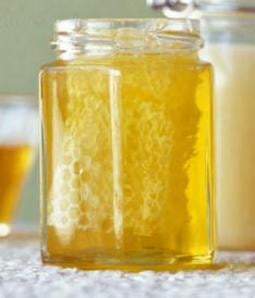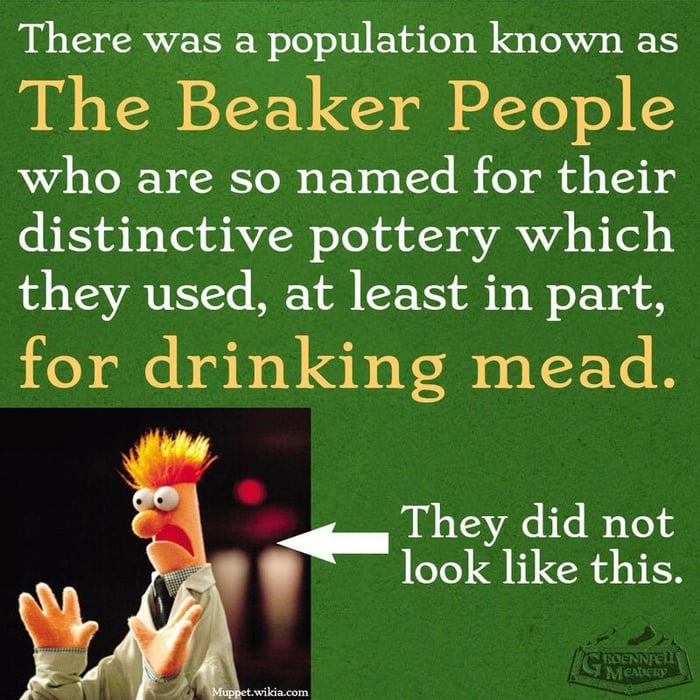 Courtesy of the National Honey Board
Courtesy of the National Honey Board
Well, there’s good news. If you’re trying to use honey as a cough suppressant, the varietal doesn’t seem to matter! (Actually, even silan date extract will do in a pinch, it turns out.) That’s the end of the easy bit, however.
Honey can be roughly classified using two metrics: Nectar source and processing technique. The nectar source defines the varietal characteristics of honey, which we’ve already written a bit about here. So, today we’re going to talk about processing.
The National Honey Board classifies honey into only five packaging/processing groups, which can be viewed on their website. The apiary and mead making community uses a significantly more nuanced classification system which tells you much more about the honey you are buying.
From least to most processed it goes:
- Comb Honey – This is honey which is, axiomatically, still in the comb. It is sometimes referred to as “Cut Comb Honey.” It’s fun to eat and have on your shelf, but nearly impossible to use for any culinary pursuits.
- Chunk Honey – Sometimes referred to as “Cut Comb in Liquid,” this is simply a piece of honey comb submerged in liquid honey. This is more of a decorative piece in our humble opinion, as seen in the lovely image at the beginning of this article.
- Raw Honey – This level of processing is the first to render a product which can be used for cooking or fermentation. While a delicious treat, there is often residual wax in solution which can have unanticipated effects in baking and develop a very strange mouth-feel in brewing.
- Strained Honey – Also known as “Cold Processed Honey,” this is a honey which has been forced through a mesh material to remove wax and foreign debris (like sticks and lost bees), but hasn’t been heated to a point where enzymes break down. Many consider this the ideal level of processing for mead production, though this belief is far from unanimous.
- Crystallized Honey – Any of the previous levels of processing can result in a honey which has spontaneous crystallization of glucose. Gentle heating will almost always create a liquid product from crystallized honey.
- Whipped Honey – This honey has been churned to hijack the crystallization process creating a spreadable product without the risk of spontaneous crystallization. It is apparently also called creamed honey, spun honey, churned honey, honey fondant, set honey, and candied honey.
- Pasteurized Honey – Like anything else, pasteurized honey has been brought to temperatures meeting or exceeding 72°C (161°F). It kills yeast cells, liquefies seed crystals (the small crystals which precipitate crystallization), breaks down enzymes, and changes both color and flavor.
- Filtered Honey – During or after pasteurization, some apiaries filter their honey to remove almost all trace particulates and produce an extremely shelf-stable product which will neither crystallize nor spontaneously ferment. It is very common on grocery store shelves, though often spurned by mead making purists. It is also under investigation by the FDA as a process for concealing the true origins of a honey.
- Dried Honey – This is honey which is entirely desiccated. It produces tiny granules which have a handful of delicious applications, none of which is brewing.
There you have it! There are a few subsidiary techniques we left out such as centrifuging, ultrasonicating, and the like, but this is a good general primer of honey types to get you started. If you really want to geek out about honey, we have good news: The Internet Exists.





